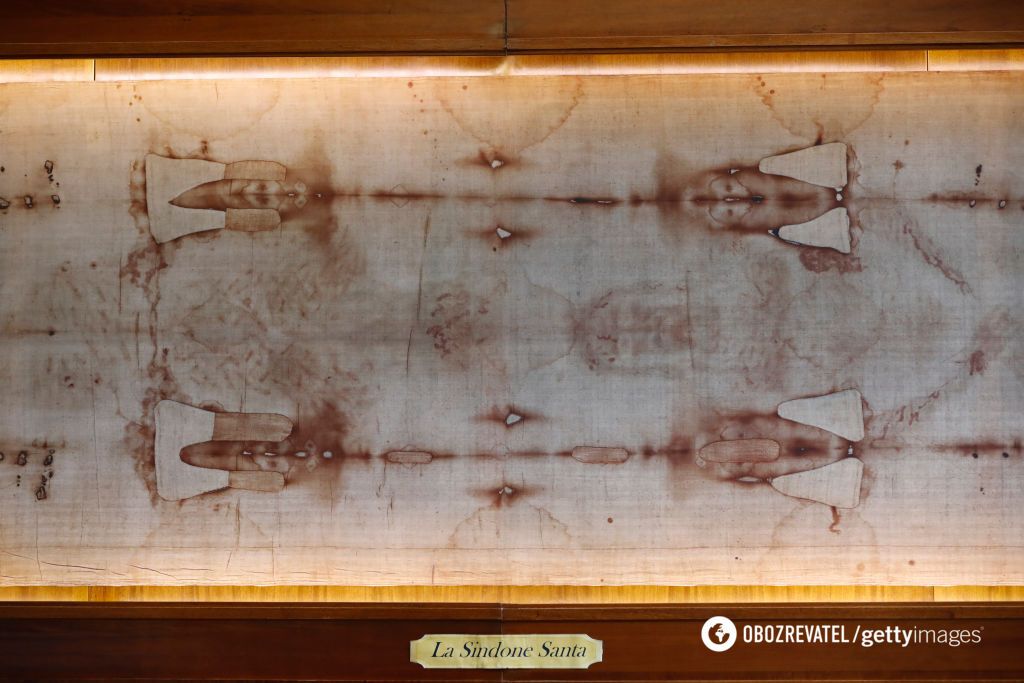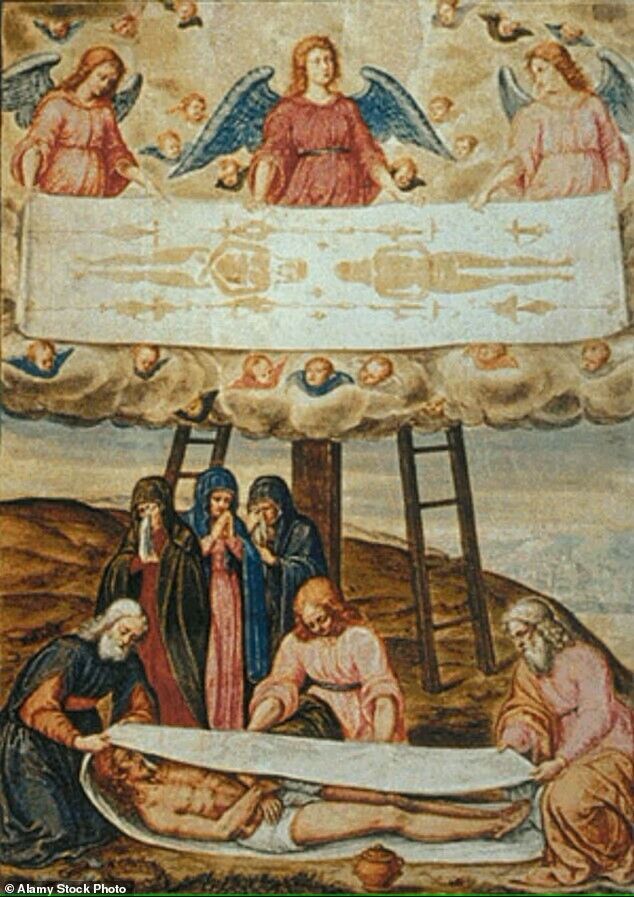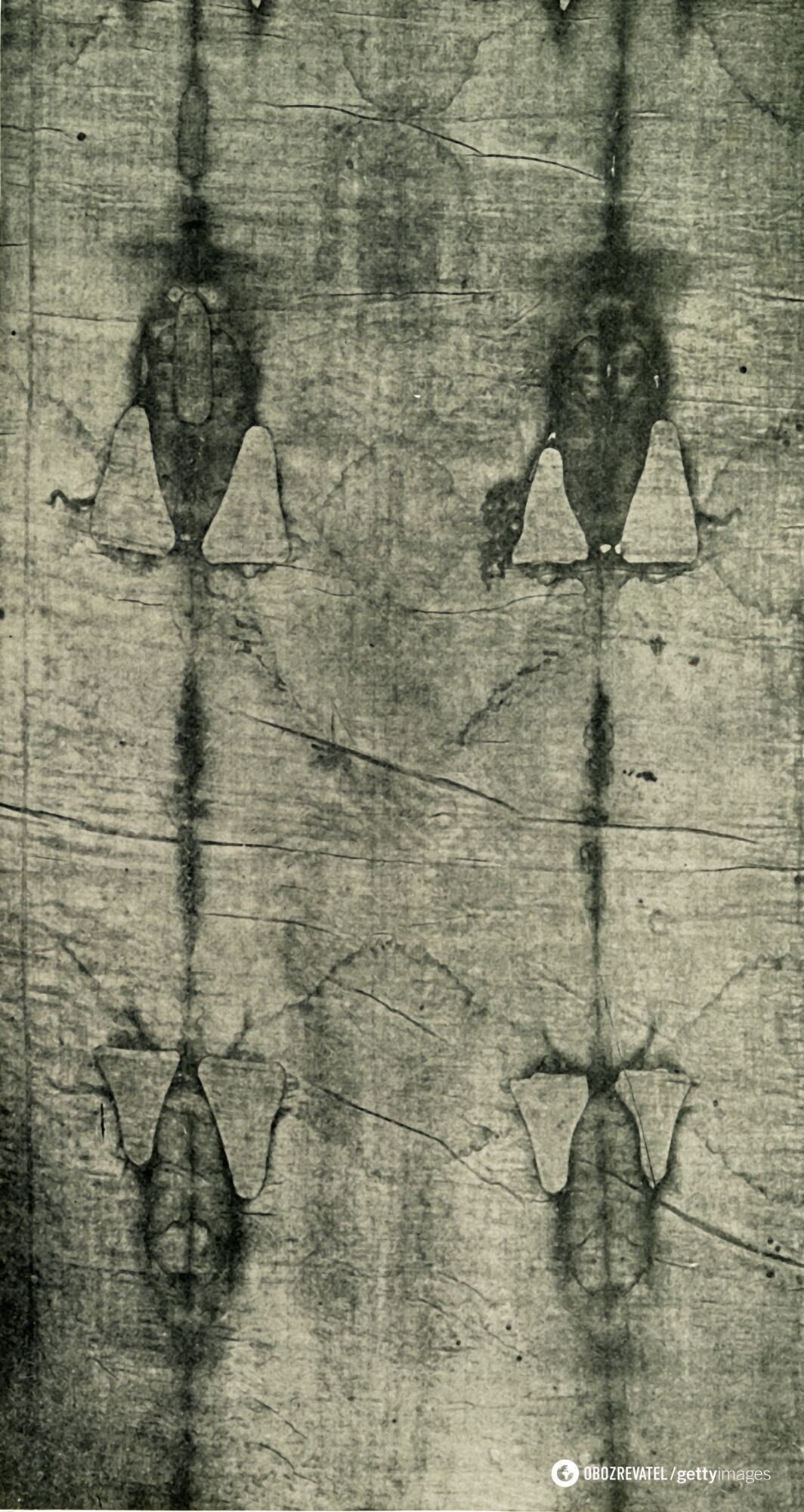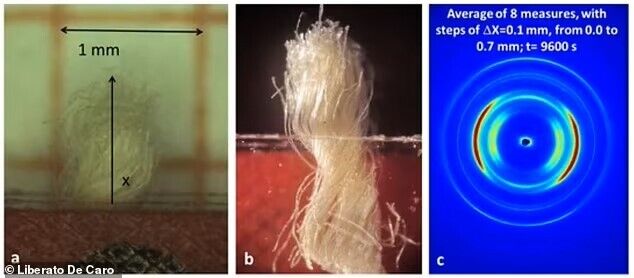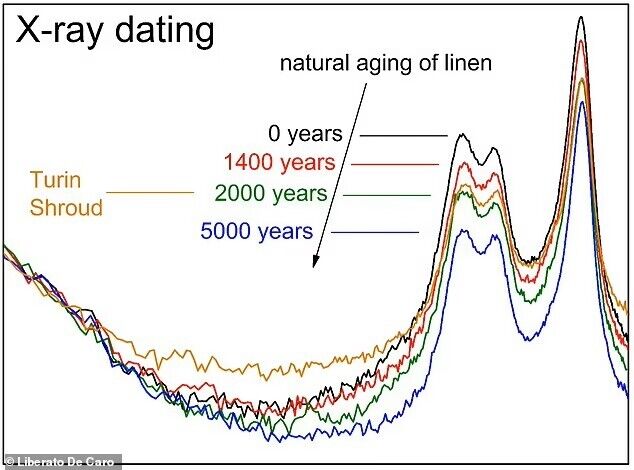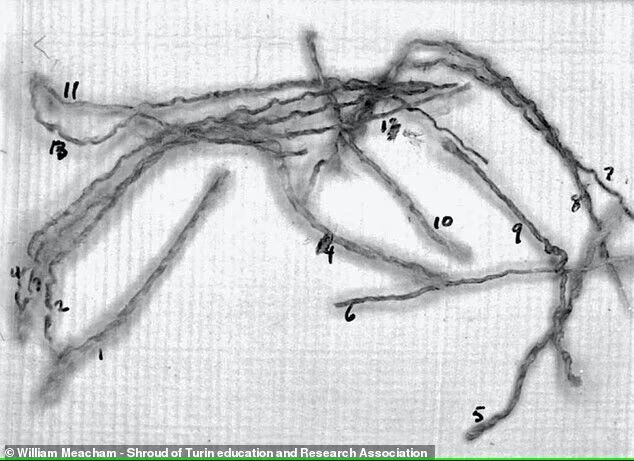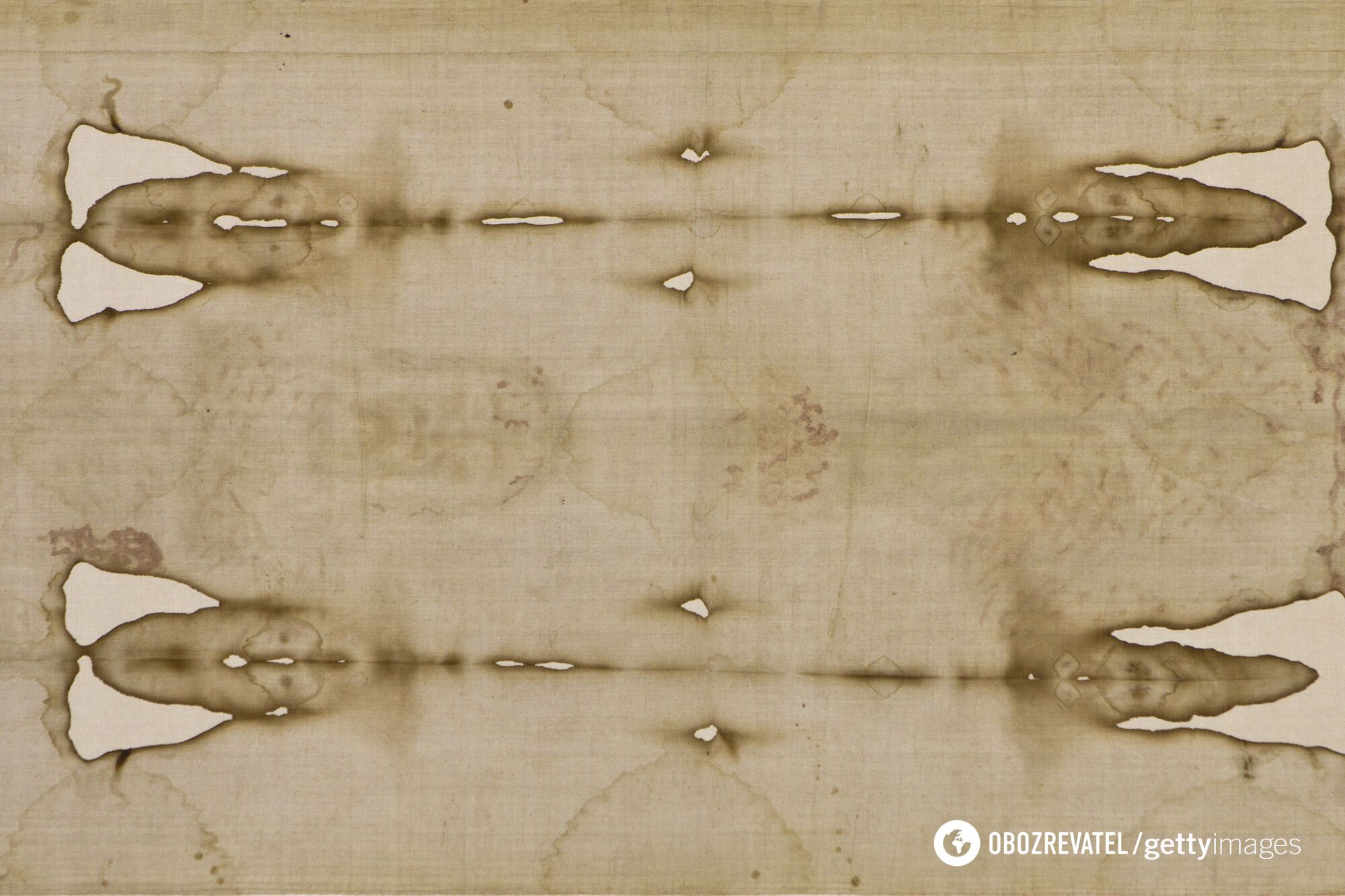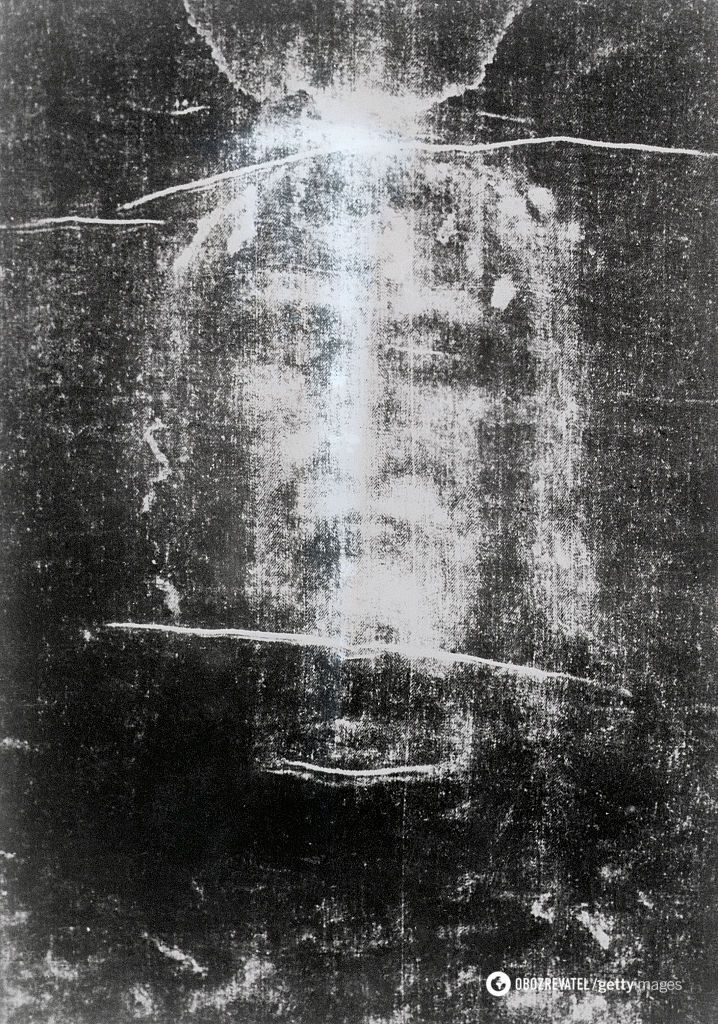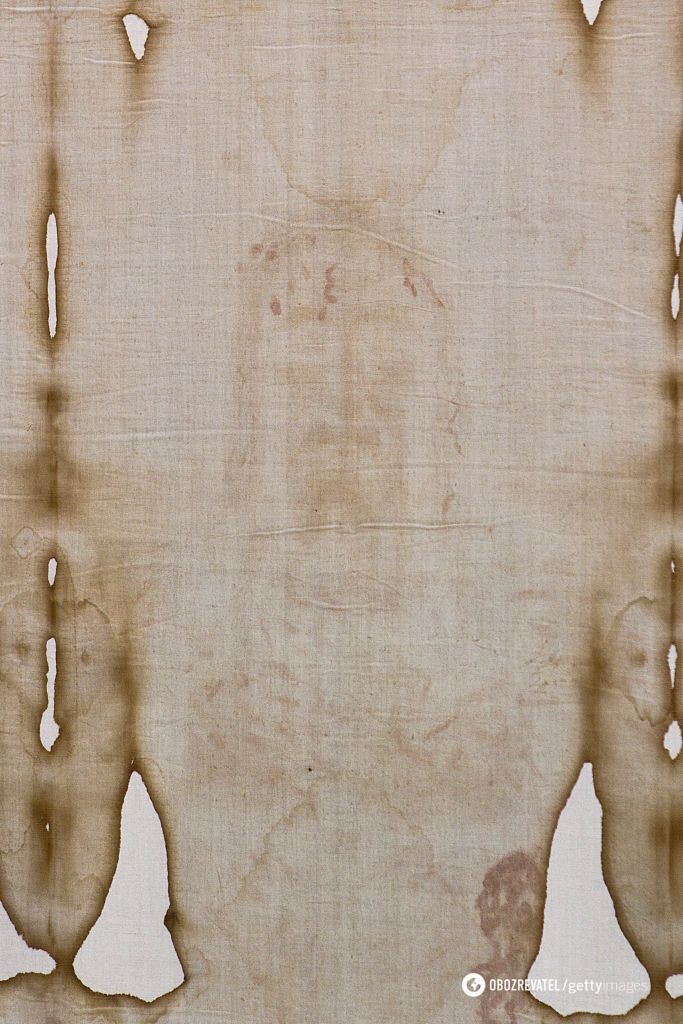News
The Shroud of Turin. Is it really buried in it Jesus Christ and why after the latest research known atheist became a Christian
The discovery of Italian scientists, convincing that the Shroud of Turin is indeed the cloth in which the body of Jesus was wrapped after the crucifixion, has raised a new debate. After all, there are studies that deny the authenticity of the sacred cloth.
It is interesting to hear the two versions to see which one is more likely. Whether the Shroud of Turin was really a burial shroud for Jesus, or whether it is just an elaborate hoax, the Daily Mail writes about it.
What is the Shroud of Turin
The Shroud of Turin, also known as the Holy Shroud, is a piece of linen 4.3 meters long and 1.1 meters wide. The unique shroud makes a barely visible imprint of the face and body of a skinny man up to 1.80 meters tall.
The Bible says that Joseph of Arimathea wrapped Jesus' body in a linen shroud and placed it in the tomb.
The first evidence of the shroud's existence came in 1354, when it came into the possession of a knight named Geoffroy de Charnay.
At the time, the local bishop denounced the shroud as a forgery and claimed that a local artist had painted it. By the 1400s, however, the faithful rejected any rebuke from the critics and it became an object of worship.
In December 1532, the Holy Shroud was badly damaged in a fire in the chapel where it was housed. Experts had to repair it with patches.
Since 1578, the Shroud has been kept in the royal chapel of the Cathedral of San Giovanni Battista in Turin, Italy, where it is occasionally put on public display.
Research confirming the authenticity of the Holy Shroud
Since the 1980s, when the Vatican began encouraging scientific research on the Shroud, more than 170 peer-reviewed scientific articles have been published about the linen sheet. This makes it one of the most intensively studied man-made objects on Earth.
Testing in the 1970s verified whether the images on the Shroud of Turin were made by painting, burning, or other agents, but no foreign substances other than blood could be confirmed.
However, controversy surrounding the authenticity of one of the greatest Christian relics, the Shroud of Turin, has persisted for more than a century. To dispel the long-standing debate, scientists from the Italian Institute of Crystallography of the National Research Council have used modern wide-angle X-ray scattering (WAXS) to establish the age of the cloth in which the body of Jesus Christ is believed to have been wrapped.
A team of experts studied eight small samples from the Shroud to investigate certain aging parameters of the cloth, including temperature and humidity, which cause significant cellulose degradation. Based on the results of all the analyses, the Italian scientists found that the cloth for the Shroud of Turin was made about 2,000 years ago, that is, in the time of Jesus.
Several years prior to this, there had been studies focusing on the microscopic properties of the material. Analysis of the linen fibers showed that they were probably grown in the Middle East, which was also proof of the authenticity of the Shroud.
The rest of the research focused on the presence of probable bloodstains on the cloth.
The Bible states that the Romans beat Jesus with a whip, making lacerations on his back, and also placed a crown of thorns on his head before his crucifixion. And the marks on the Shroud correspond to the described wounds of Christ.
Although many argue about their origin, studies have shown that the red spots on the tissue actually contain various blood components, including hemoglobin, albumin, and immunoglobulin.
In 2017, a team of researchers from the Italian Institute of Crystallography stated that the blood from the Shroud was very high in creatinine and ferritin, which are commonly found in patients who have been severely traumatized. Dr. Elvio Carlino said the tiny particles revealed the "great suffering" of a victim "wrapped in burial cloth."
The story of British filmmaker David Rolfe is an interesting one. He was an atheist and in 1978 was going to make a documentary where he wanted to describe a prosaic explanation of how a bloody human imprint matching the description of Jesus Christ appeared on the fabric of a relic. However, in the course of gathering material for the tape, he became so convinced of its authenticity that he converted to Christianity and has since made several documentaries and published books on the authenticity of the Holy Shroud.
The filmmaker has even set a prize of $1 million dollars for whoever can reproduce the image of the crucified man on the cloth without traces of ink, paint or other agents.
Those who deny the authenticity of the Shroud of Turin
At times, there have been conflicting thoughts surrounding the Shroud. After all, there were skeptics who claimed that the images on the canvas had been applied with paint. Others said that this is a fake, planted by religious fanatics during the Middle Ages. After all, why, they say, about the Shroud was not any mention until 1354.
In 1988, a team of international researchers at three different laboratories analyzed small pieces of the Shroud using carbon dating and determined that the cloth appears to have been made somewhere between 1260 and 1390 AD. That is, it cannot belong to the period of Christ.
The lead author of the new Italian study, Dr. Liberato De Caro, said that the 1988 test should be considered incorrect because "fabric samples are usually subject to all kinds of contamination that cannot be completely removed from a dated sample." "If the sample cleaning procedure is not done carefully, carbon-14 dating is not reliable," he added.
Only verified information from us in Telegram-channel OBOZ.UA and Viber. Do not fall for fakes!







